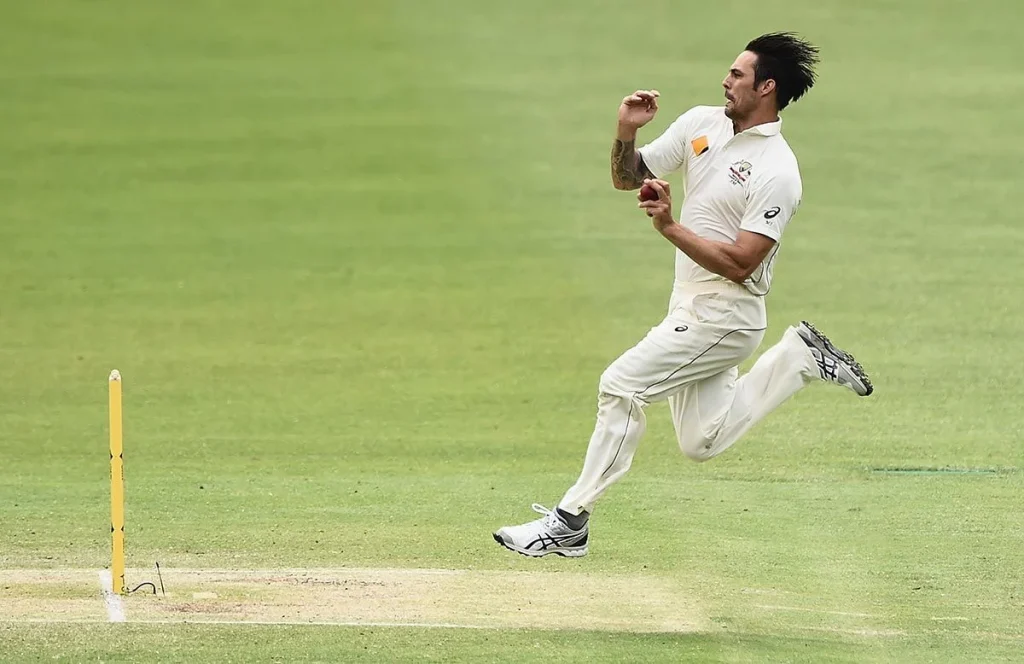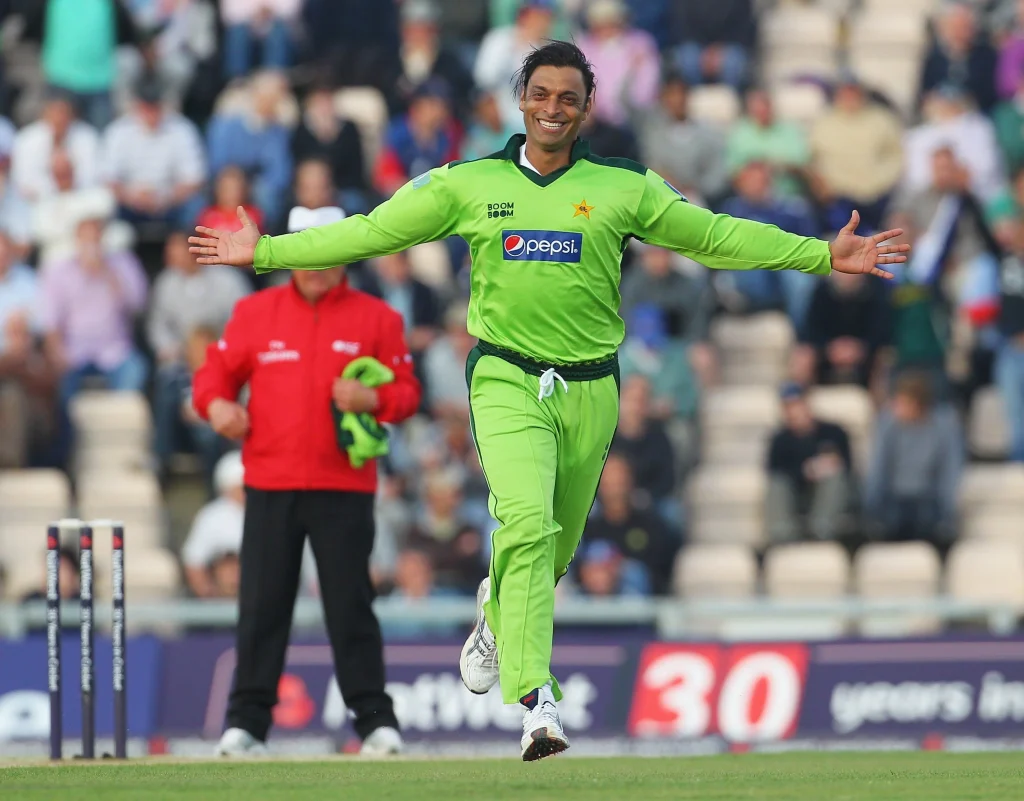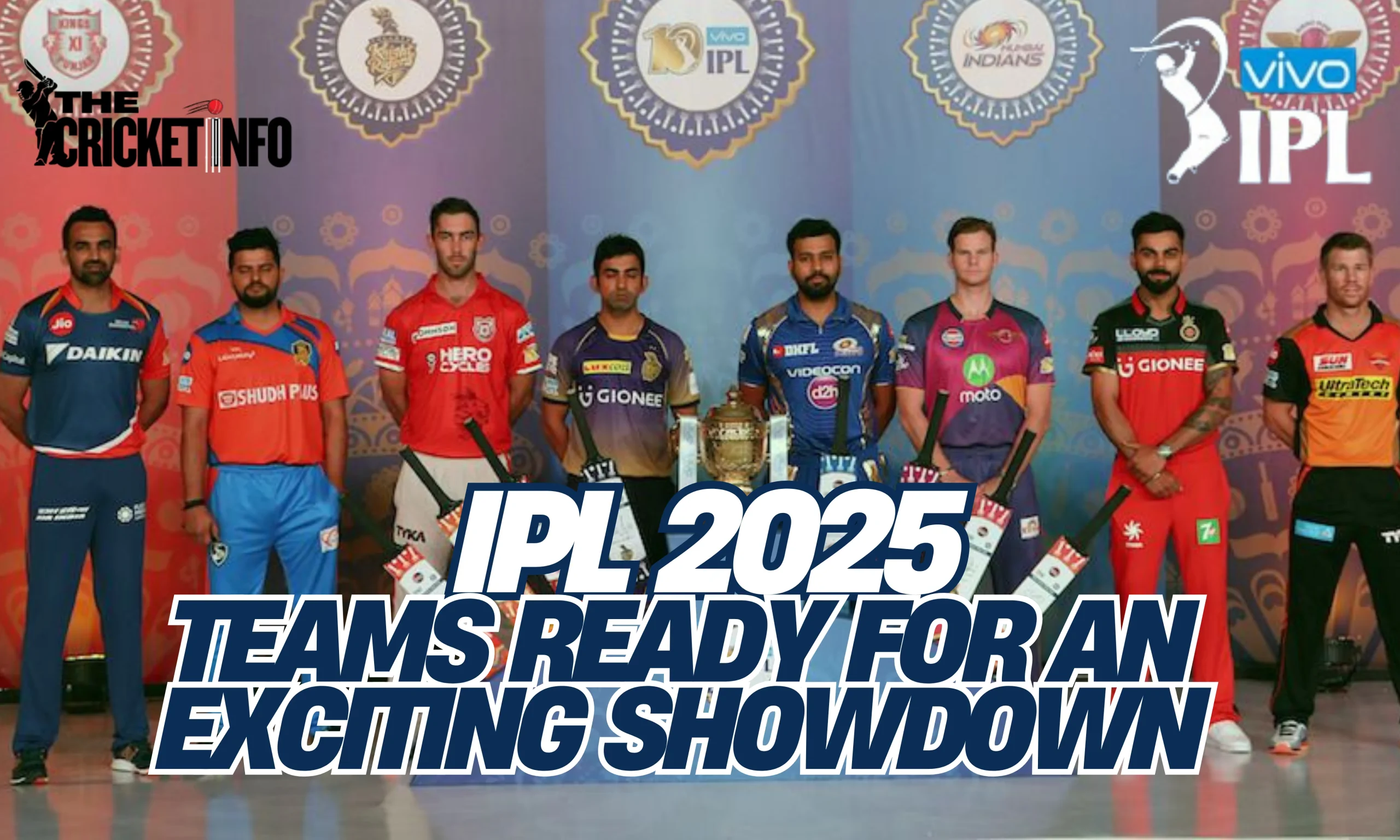Cricket has always been a game of skill, strategy, and speed, but nothing excites fans more than witnessing the fastest balls in cricket. Over the years, legendary pacers like Shoaib Akhtar, Brett Lee, and Shaun Tait have dominated the record books with their sheer velocity. These bowlers possess the rare ability to deliver balls exceeding 150 km/h, making them a nightmare for batsmen worldwide. Shoaib Akhtar holds the record for the fastest ball in cricket, clocking an astonishing 161.3 km/h against England in the 2003 World Cup. His raw pace and aggression set a benchmark that remains unbeaten to this day. Other bowlers, such as Brett Lee and Shaun Tait, have also breached the 160 km/h mark, showcasing their incredible speed and control.

The fastest balls in cricket span Tests, ODIs, and T20s, with pacers like Jeff Thomson and Mitchell Starc pushing speed limits. As fitness and training evolve, the race for the next record-breaking delivery keeps cricket thrilling.
1. Shoaib Akhtar (Pakistan) – 161.3 km/h (100.23 mph)

Shoaib Akhtar (Pakistan), famously known as the “Rawalpindi Express,” is regarded as the fastest bowler in cricket history. He set the record for the fastest ball in cricket, clocking 161.3 km/h (100.23 mph) against England in the 2003 Cricket World Cup. Akhtar’s blistering pace and aggressive bowling style made him a nightmare for batsmen. Playing for Pakistan from 1997 to 2011, he was known for his lethal yorkers, sharp bouncers, and fiery temperament. Despite injuries limiting his career, his impact on fast bowling remains legendary. Shoaib Akhtar’s record still stands as the fastest delivery ever recorded in cricket history.
- Match: Pakistan vs. England, 2003 World Cup
- Venue: Newlands, Cape Town
- Details: Known as the “Rawalpindi Express,” Shoaib Akhtar holds the record for the fastest delivery ever bowled in cricket. His 161.3 km/h thunderbolt to England’s Nick Knight in the 2003 World Cup remains unmatched.
2. Brett Lee (Australia) – 161.1 km/h (100.14 mph)

Brett Lee (Australia) was one of the fastest bowlers in cricket history, renowned for his raw pace and aggression. He bowled one of the fastest balls in cricket, reaching 161.1 km/h (100.14 mph) against New Zealand in 2005. Lee played for Australia from 1999 to 2012, consistently delivering speeds over 150 km/h. His ability to generate extreme velocity made him a nightmare for batsmen. As one of cricket’s greatest pacers, he remains a key figure in discussions about the fastest balls in cricket.
- Match: Australia vs. New Zealand, 2005
- Venue: Napier, New Zealand
- Details: Brett Lee, one of Australia’s finest pacers, clocked 161.1 km/h against New Zealand in 2005. His consistent speeds made him a nightmare for batsmen worldwide.
3. Shaun Tait (Australia) – 161.1 km/h (100.14 mph)

Shaun Tait (Australia) was one of the most explosive fast bowlers, known for delivering some of the fastest balls in cricket. He clocked 161.1 km/h (100.14 mph) against England in 2010, making him one of the quickest ever. Tait’s raw pace and slingy action struck fear in batsmen, solidifying his place among cricket’s fastest bowlers.
- Match: Australia vs. England, 2010
- Venue: Lord’s, England
- Details: Shaun Tait’s unorthodox slinging action helped him generate extreme pace, with his fastest ball recorded at 161.1 km/h.
4. Jeff Thomson (Australia) – 160.6 km/h (99.79 mph)

Jeff Thomson (Australia) was one of the most fearsome pacers, famous for his express speed in the 1970s. He delivered one of the fastest balls in cricket, reaching 160.6 km/h (99.79 mph) against the West Indies in 1975. His unconventional, slinging action and raw pace made him a terror for batsmen, cementing his legacy as one of Australia’s greatest fast bowlers.
- Match: Australia vs. West Indies, 1975
- Venue: WACA, Perth
- Details: Jeff Thomson was one of the original speed demons, and his 160.6 km/h ball in the 1970s remains one of the fastest recorded in cricket’s history.
5. Mitchell Starc (Australia) – 160.4 km/h (99.68 mph)

Mitchell Starc (Australia) is a modern-day pace sensation, known for his deadly yorkers and ability to swing the ball at extreme speeds. He bowled one of the fastest balls in cricket, reaching 160.4 km/h (99.68 mph) against New Zealand in 2015. Starc’s pace, accuracy, and aggressive approach have made him a key bowler for Australia in all formats, especially in ICC tournaments.
- Match: Australia vs. New Zealand, 2015
- Venue: WACA, Perth
- Details: Mitchell Starc’s ability to bowl consistently over 150 km/h saw him clock 160.4 km/h against New Zealand in a Test match.
6. Andy Roberts (West Indies) – 159.5 km/h (99.09 mph)

Andy Roberts (West Indies) was a pioneer of West Indian fast bowling, famous for his deceptive speed variations. He bowled one of the fastest balls in cricket, reaching 159.5 km/h (99.09 mph) against Australia in 1975. Roberts’ ability to combine pace with intelligence made him a nightmare for batsmen, playing a crucial role in establishing the West Indies as a dominant force in world cricket.
- Match: West Indies vs. Australia, 1975
- Venue: WACA, Perth
- Details: Andy Roberts, a West Indian pace legend, had an unplayable delivery that reached 159.5 km/h.
7. Fidel Edwards (West Indies) – 157.7 km/h (97.99 mph)

Fidel Edwards (West Indies) was a fiery fast bowler known for his sharp pace and skiddy action. He delivered one of the fastest balls in cricket, reaching 157.7 km/h (97.99 mph) against South Africa in 2003. His express speed and aggressive bowling made him a dangerous opponent. Despite an injury-prone career, Edwards remained a key part of the West Indies’ fast-bowling attack for several years.
- Match: West Indies vs. South Africa, 2003
- Venue: Johannesburg, South Africa
- Details: The fiery West Indian pacer bowled a scorching 157.7 km/h delivery, cementing his place among the fastest bowlers.
8. Mitchell Johnson (Australia) – 156.8 km/h (97.47 mph)

Mitchell Johnson (Australia) was one of Australia’s most intimidating pacers, known for his aggressive bowling and express speed. He bowled one of the fastest balls in cricket, clocking 156.8 km/h (97.47 mph) against England in 2013. Johnson played a crucial role in Australia’s Ashes dominance, using his pace and bounce to dismantle batting line-ups. His ability to generate raw speed made him a match-winner in all formats.
- Match: Australia vs. England, 2013
- Venue: MCG, Melbourne
- Details: Johnson terrorized batsmen with his express pace, with his fastest recorded at 156.8 km/h.
9. Mohammad Sami (Pakistan) – 156.4 km/h (97.19 mph)

Mohammad Sami (Pakistan) was a naturally gifted fast bowler capable of extreme pace. He bowled one of the fastest balls in cricket, reaching 156.4 km/h (97.19 mph) against Zimbabwe in 2003. Known for his quick arm action and ability to swing the ball, Sami was often regarded as one of Pakistan’s fastest bowlers, despite struggling with consistency throughout his international career.
- Match: Pakistan vs. Zimbabwe, 2003
- Venue: Sharjah, UAE
- Details: Sami was a raw pace bowler, reaching speeds of 156.4 km/h in an ODI.
10. Shane Bond (New Zealand) – 156.4 km/h (97.19 mph)

Shane Bond (New Zealand) was one of New Zealand’s most lethal fast bowlers, known for his explosive speed and accuracy. He delivered one of the fastest balls in cricket, reaching 156.4 km/h (97.19 mph) against India in 2003. Bond’s raw pace and ability to generate steep bounce made him a nightmare for batsmen. Despite an injury-riddled career, he remains one of New Zealand’s greatest fast bowlers.
- Match: New Zealand vs. India, 2003
- Venue: Centurion, South Africa
- Details: Bond’s 156.4 km/h delivery was a reflection of his ability to generate sheer speed effortlessly.
FAQs
Who holds the record for the fastest ball in cricket history?
Shoaib Akhtar holds the record for the fastest ball at 161.3 km/h, delivered against England in the 2003 World Cup.
Which bowler has bowled the most deliveries above 160 km/h?
Brett Lee and Shaun Tait have both frequently crossed the 160 km/h mark in their careers.
Has any spinner ever bowled at 150 km/h?
No, spinners rely on turn rather than pace, and no spinner has ever clocked 150 km/h.
Why are modern fast bowlers slower than past legends?
Modern cricket prioritizes workload management, fitness, and strategic variations over raw speed.
How is bowling speed measured in cricket?
Speed guns and Hawk-Eye technology are used to measure the speed of a delivery accurately.
Conclusion
The legacy of fast bowling continues to thrive, with each generation producing quick bowlers who push the boundaries of speed. While Shoaib Akhtar’s record remains unbeaten, the pursuit of express pace will always be an exciting element of cricket.
For more cricket insights, stay tuned to ESPN, ICC, and Cricket Australia for up-to-date stats and records!
Read more: Top 10 Richest Cricketers in the World (2025) Ultimate List
Want more cricket updates Stay tuned 🎯🏏


